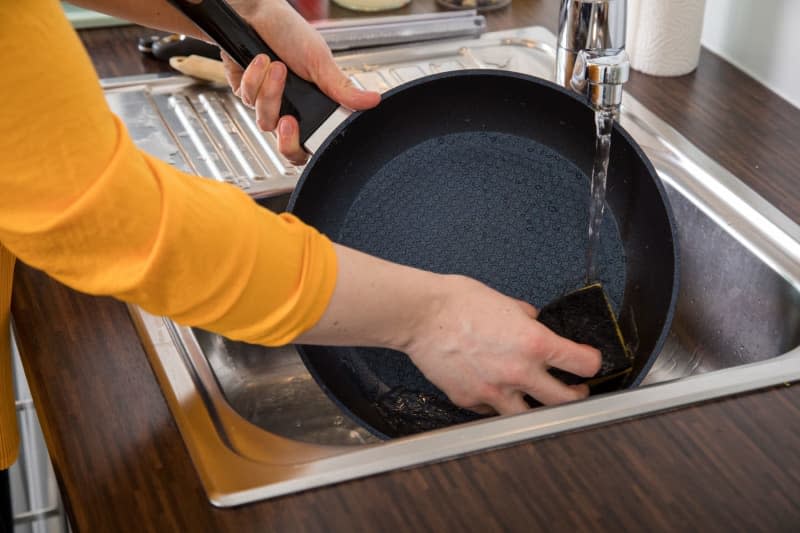Fatberg risk: Why pouring cooking fat down the toilet is a bad idea

Fatty dishes like roast goose, duck breast or fondue tend to leave cooks wondering about the same thing: What do I do with the leftover liquid fat?
Try not to follow your first impulse if it's to pour it down the sink or into the toilet. Doing so can do serious harm to your pipes and the sewage system at large, waste water officials in several countries have been warning citizens.
The problem is that temperatures in the sewage system are relatively low, meaning the fat swiftly goes hard, causing blockages in pipes in your home.
Incorrectly disposed of grease also causes problems in the public sewerage system, combining with other foreign substances such as hair or wet wipes and leads to blockages dubbed "fatbergs."
A fatberg is a rock-like mass of waste matter in a sewer system formed by the combination of flushed non-biodegradable solids like fat, oil and grease.
The removal of fatbergs has become something of a ritual in London, with past clearance operations taking place almost annually. In 2017, one estimated to weigh 130 tons was given the nickname Donald by Twitter critics of the former US president. Thames Water has appealed on people to only flush the three P's - poo, pee and paper.
Sewage and drainage companies go to great lengths to remove these lumps of grease, which require special high-pressure cleaners or cutters to tackle the blockages. Sometimes, though, the pipe has to be replaced, with the costs passed on to all customers through waste water charges.
So wipe out smaller amounts of grease from pots and pans using kitchen paper or newspaper and throw it away in your household waste. If you have larger quantities, these are best poured into a screw-top jar and also thrown away in your household waste.

